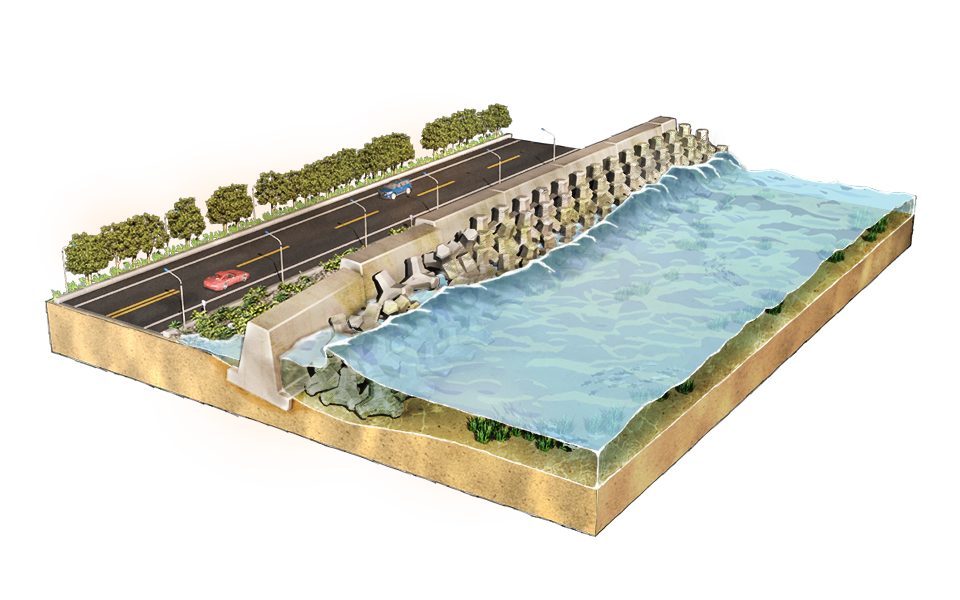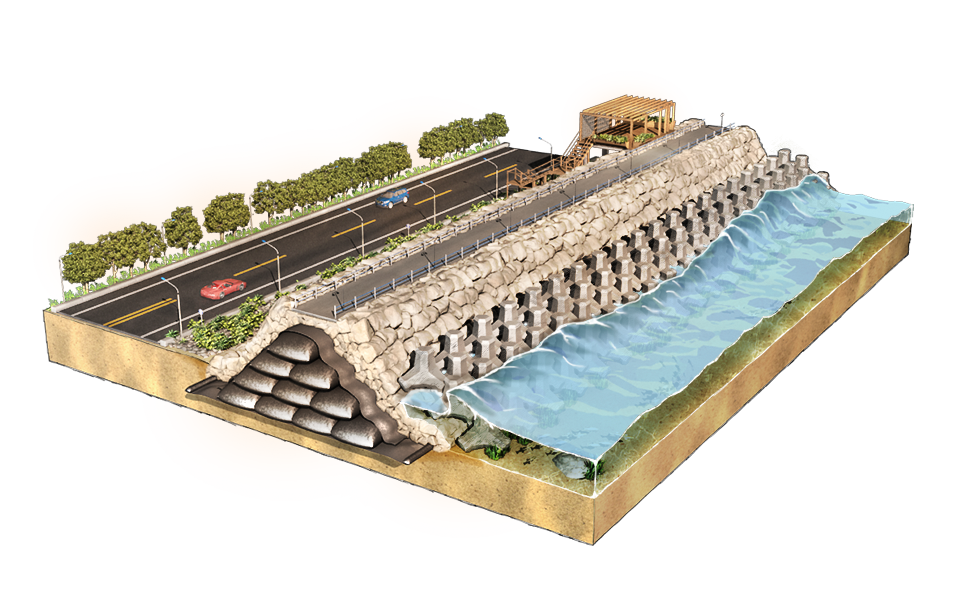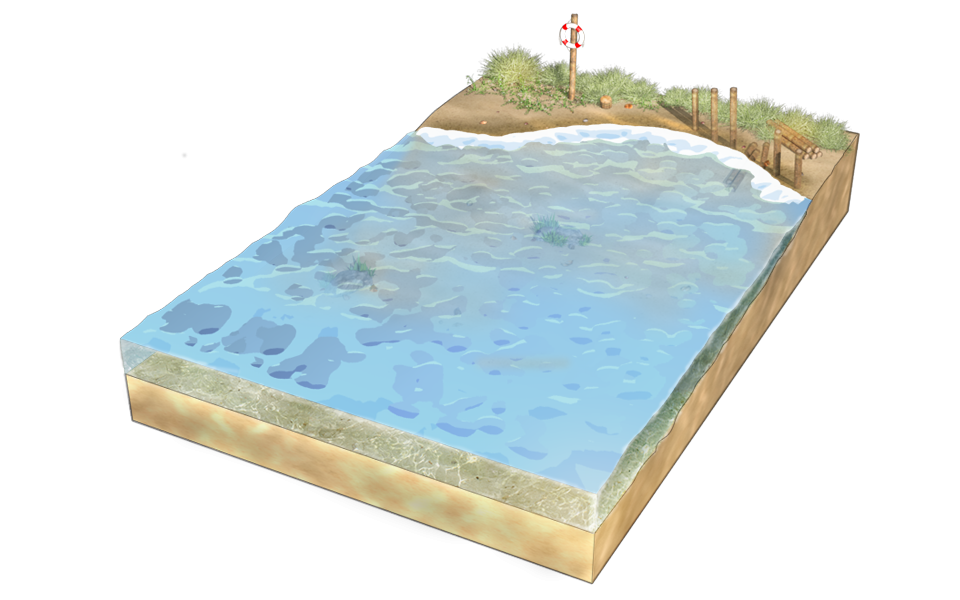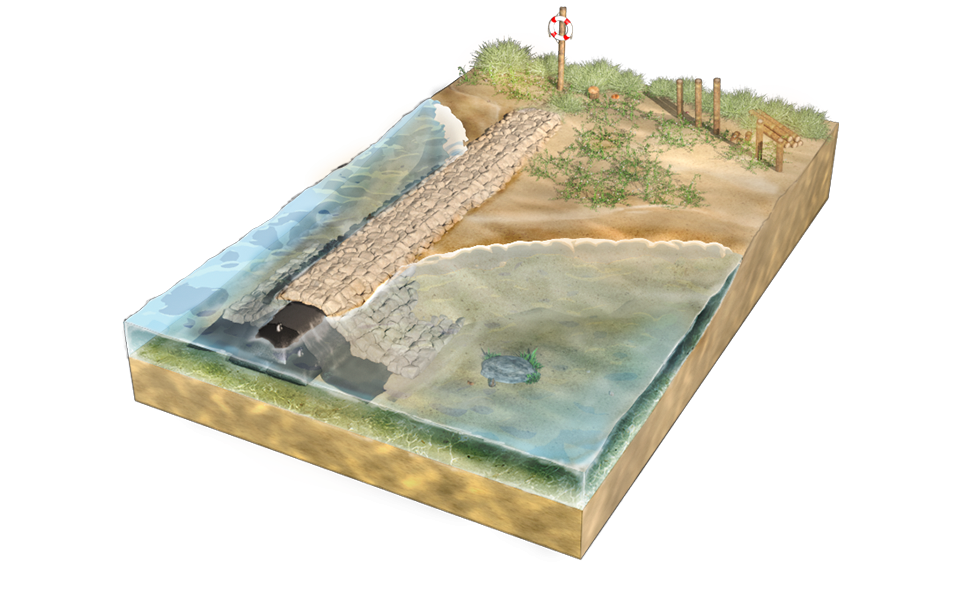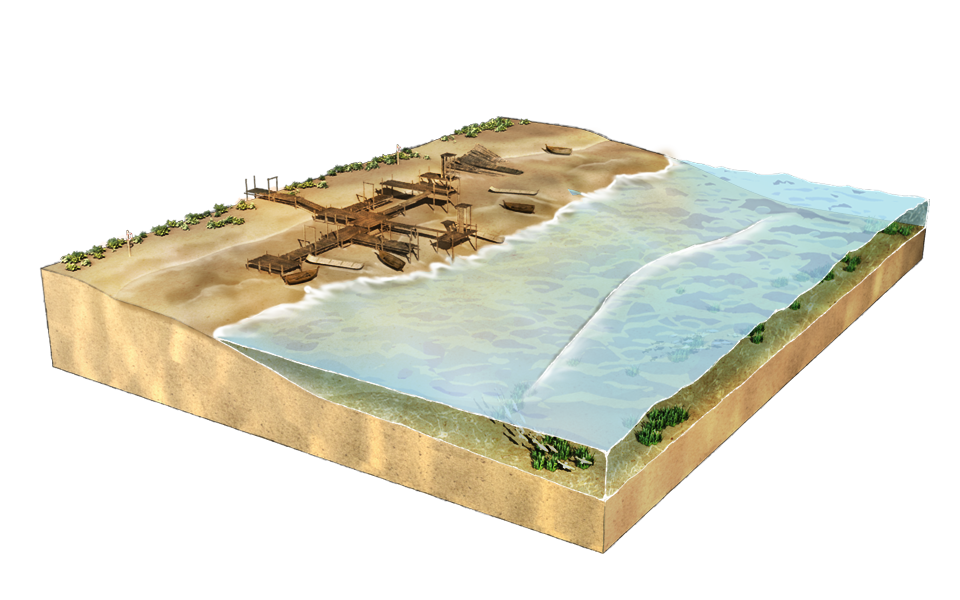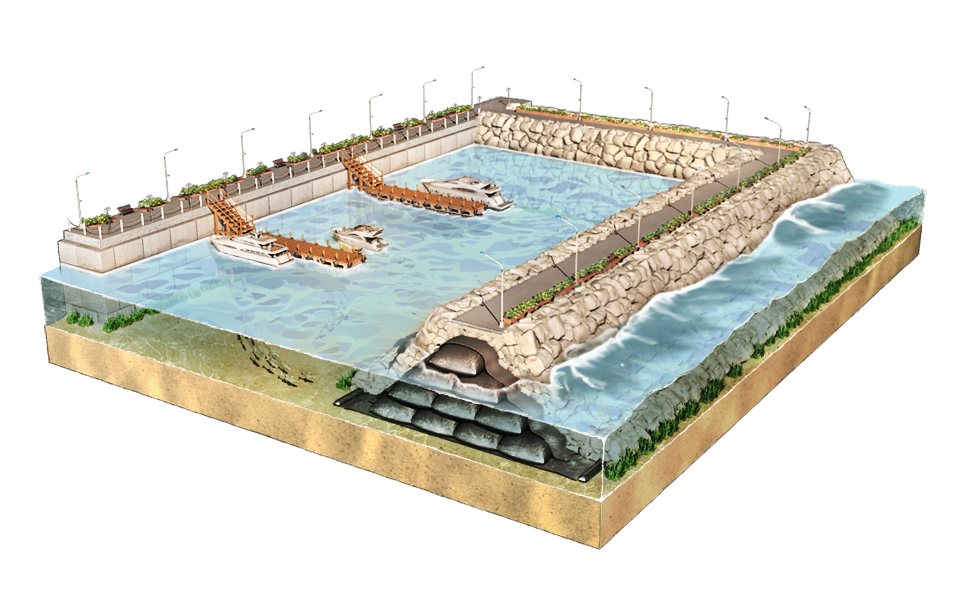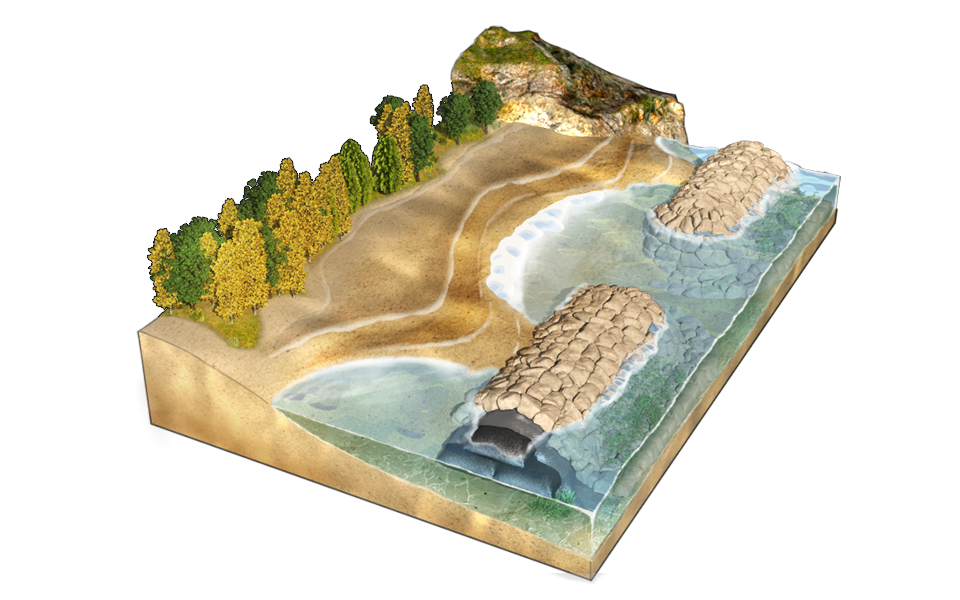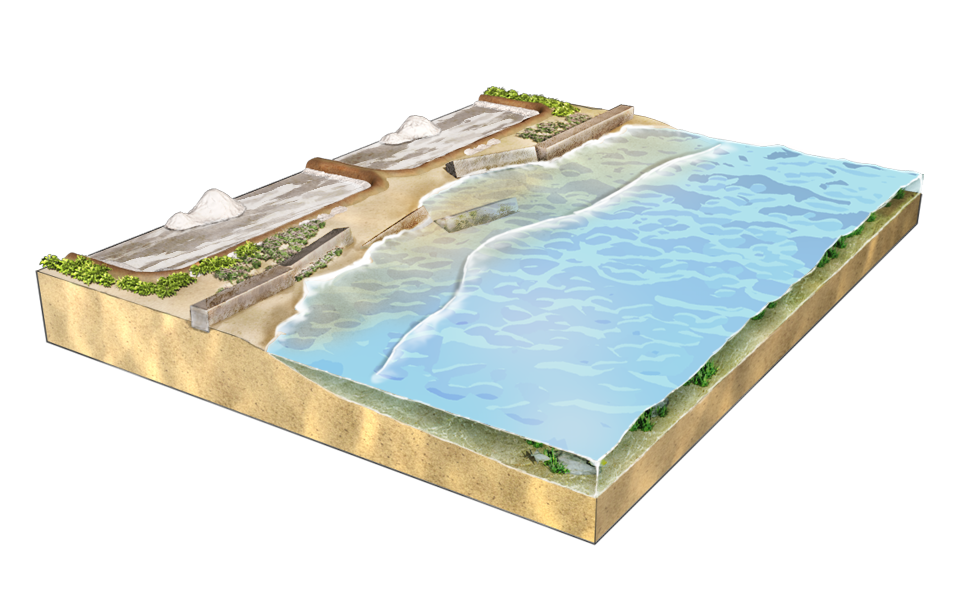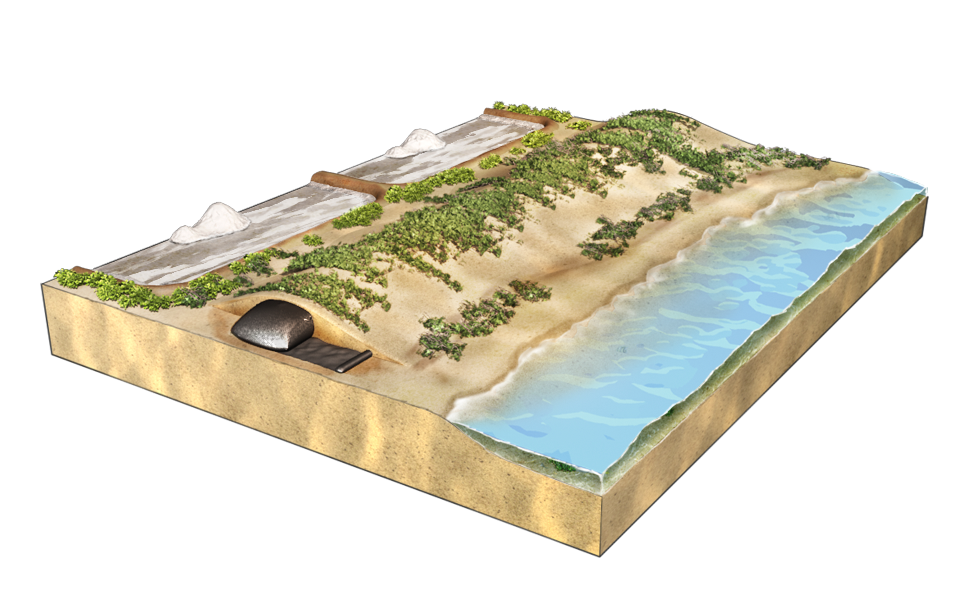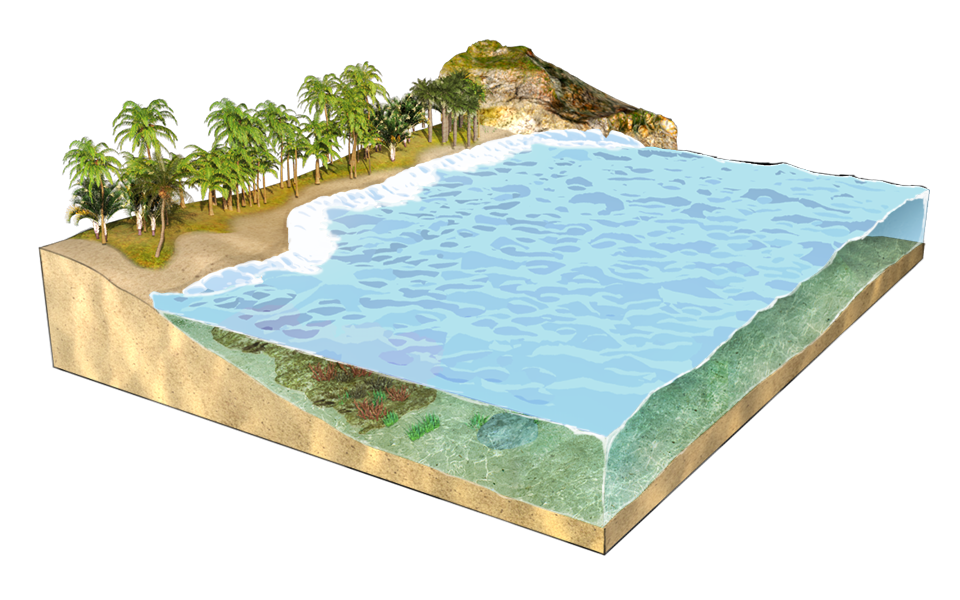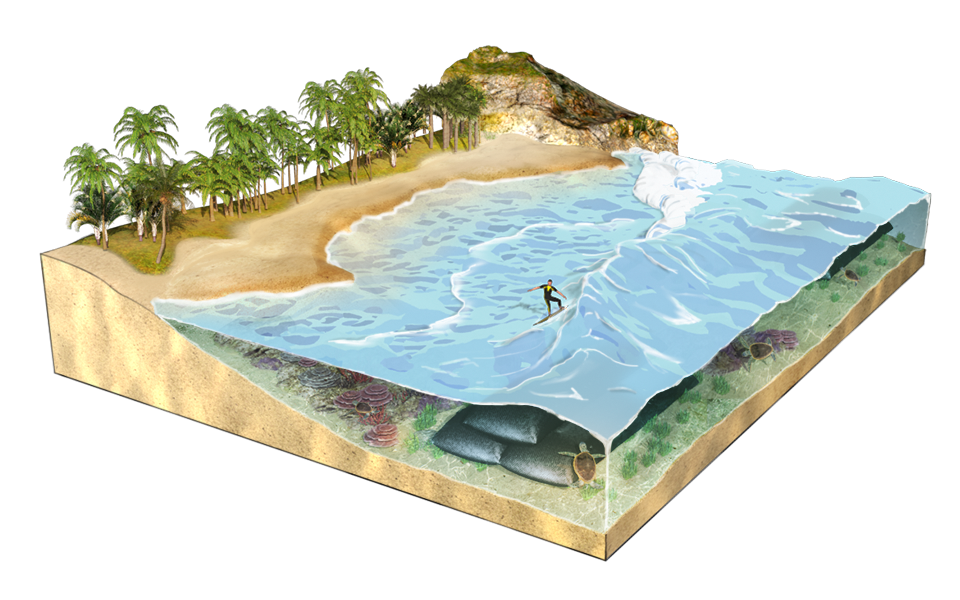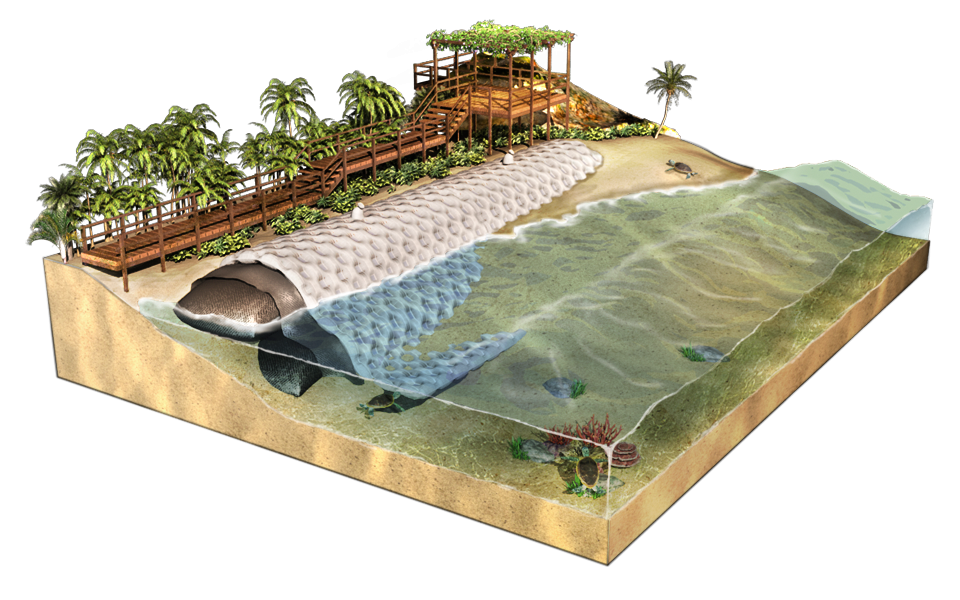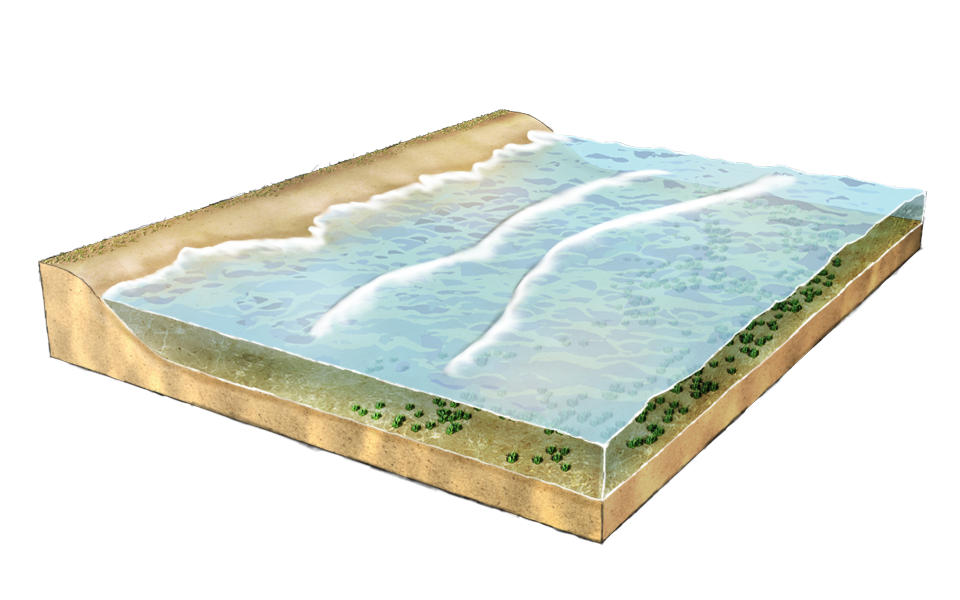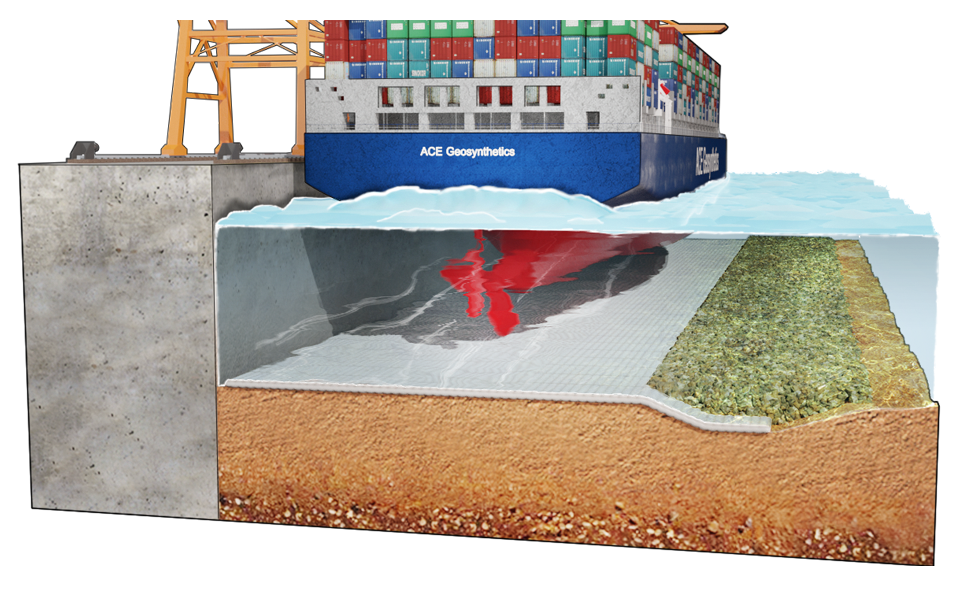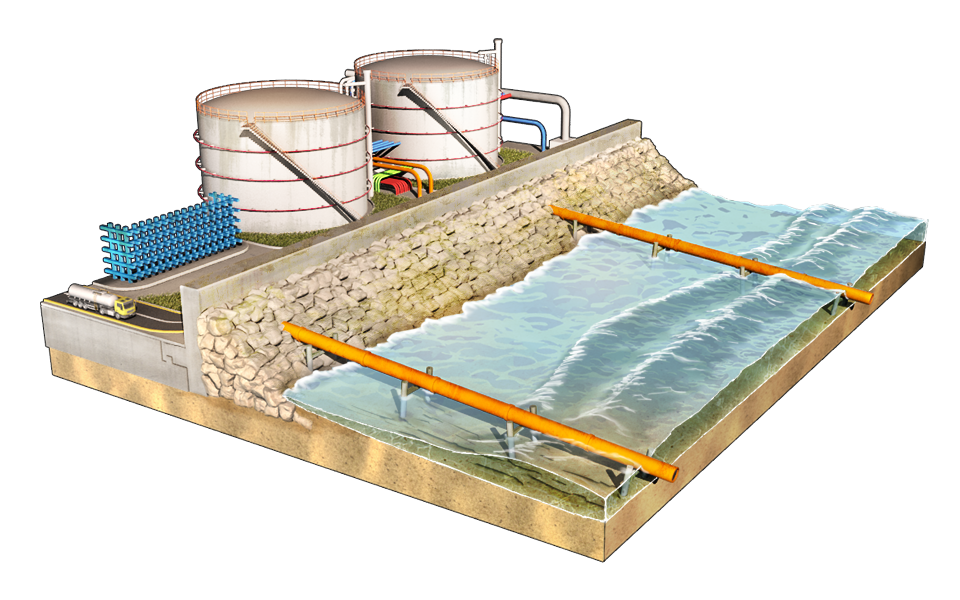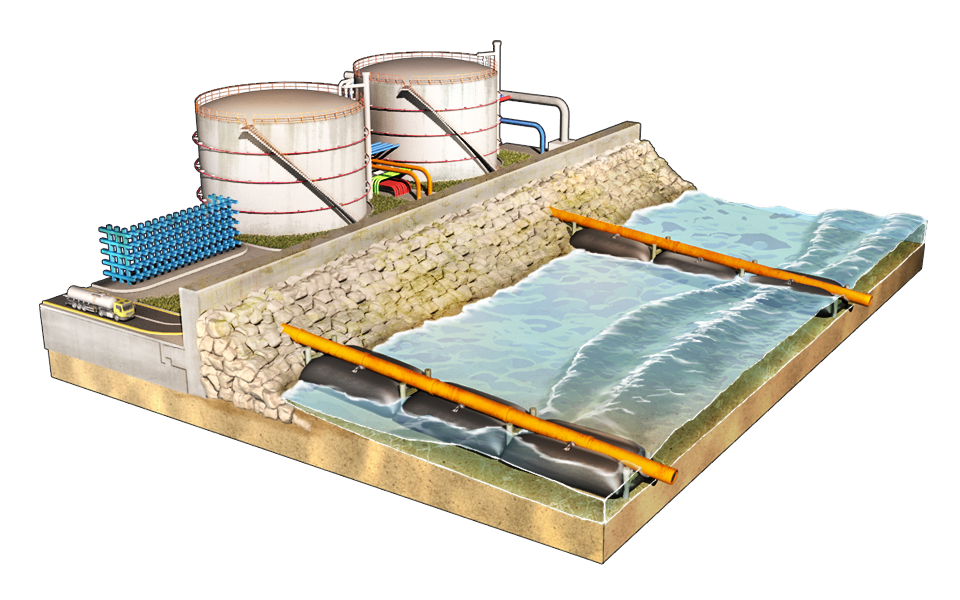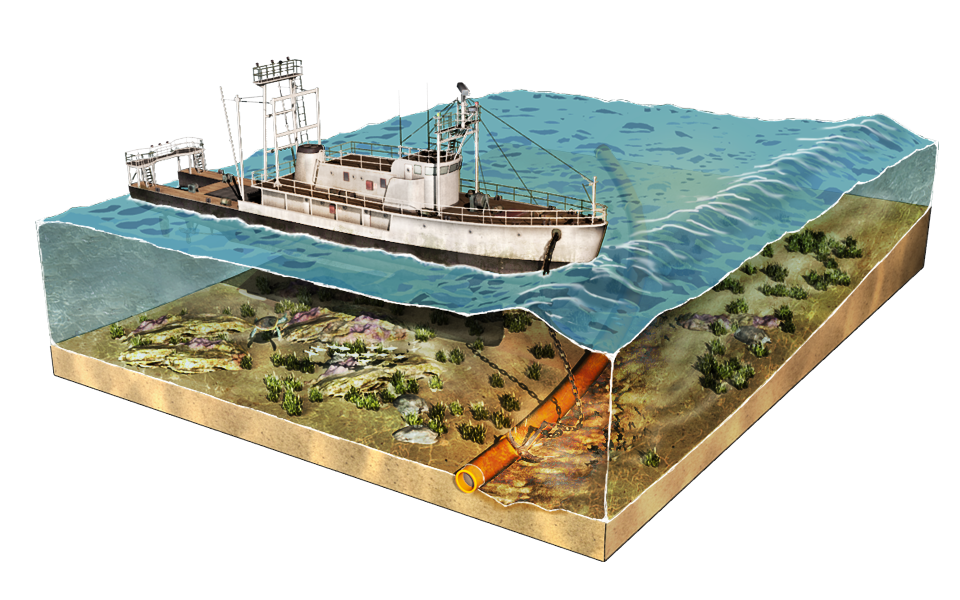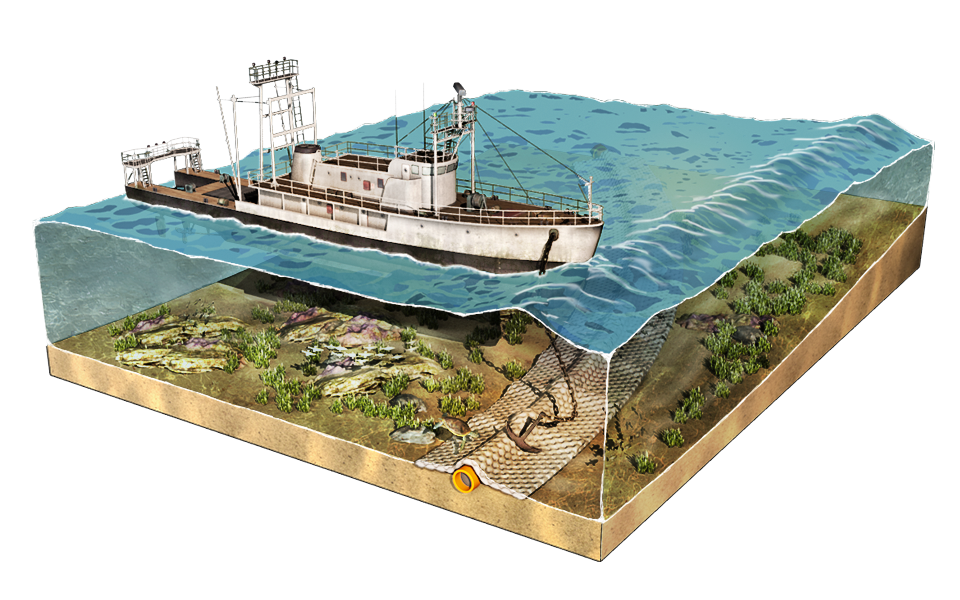Integrated dredging solutions
Construction of marine and coastal structures
Comprehensive solutions for the construction of marine and coastal structures
Our services include:
- Construction of seawalls and breakwaters for coastal protection: We design and build seawalls and breakwaters that act as barriers against erosion and flooding, thus protecting coastal infrastructure and communities.
- Construction of breakwaters and jetties: We build breakwaters and jetties that stabilize beaches and improve navigation, thus contributing to the regeneration of coastal dunes and dune stabilization in coastal areas.
- Coastal Protection Structure Design: We offer customized solutions for the design of structures that integrate harmoniously with the environment, promoting the recovery of marine habitats and the protection of the ecosystem.
- Maritime infrastructure maintenance: we provide preventive and corrective maintenance services to ensure the durability and functionality of maritime constructions.

Piers and bulkheads
Jetties and piers
Breakwater
Unconnected breakwaters
Dunes
Submerged breakwaters and artificial reefs
Coastal protection
Cofferdam
Erosion-resistant spring structure
Pipe support
Pipe protection
Innovation and sustainability in maritime construction
Commitment to coastal protection
With the growing importance of environmental protection, marine and coastal engineering projects are focused not only on infrastructure construction but also on the sustainable management of the marine and coastal environment. In this context, geosynthetic products are being integrated into many projects, offering effective and sustainable solutions. Dragage Maroc makes a significant contribution with approaches that prioritize cost reduction, ease of installation, and harmony with nature.
Contact us today!
If you are looking for effective and sustainable solutions for the maintenance and restoration of marine and coastal environments, don’t hesitate to contact us. Our team of experts is ready to help you protect and revitalise our precious coasts and oceans.

